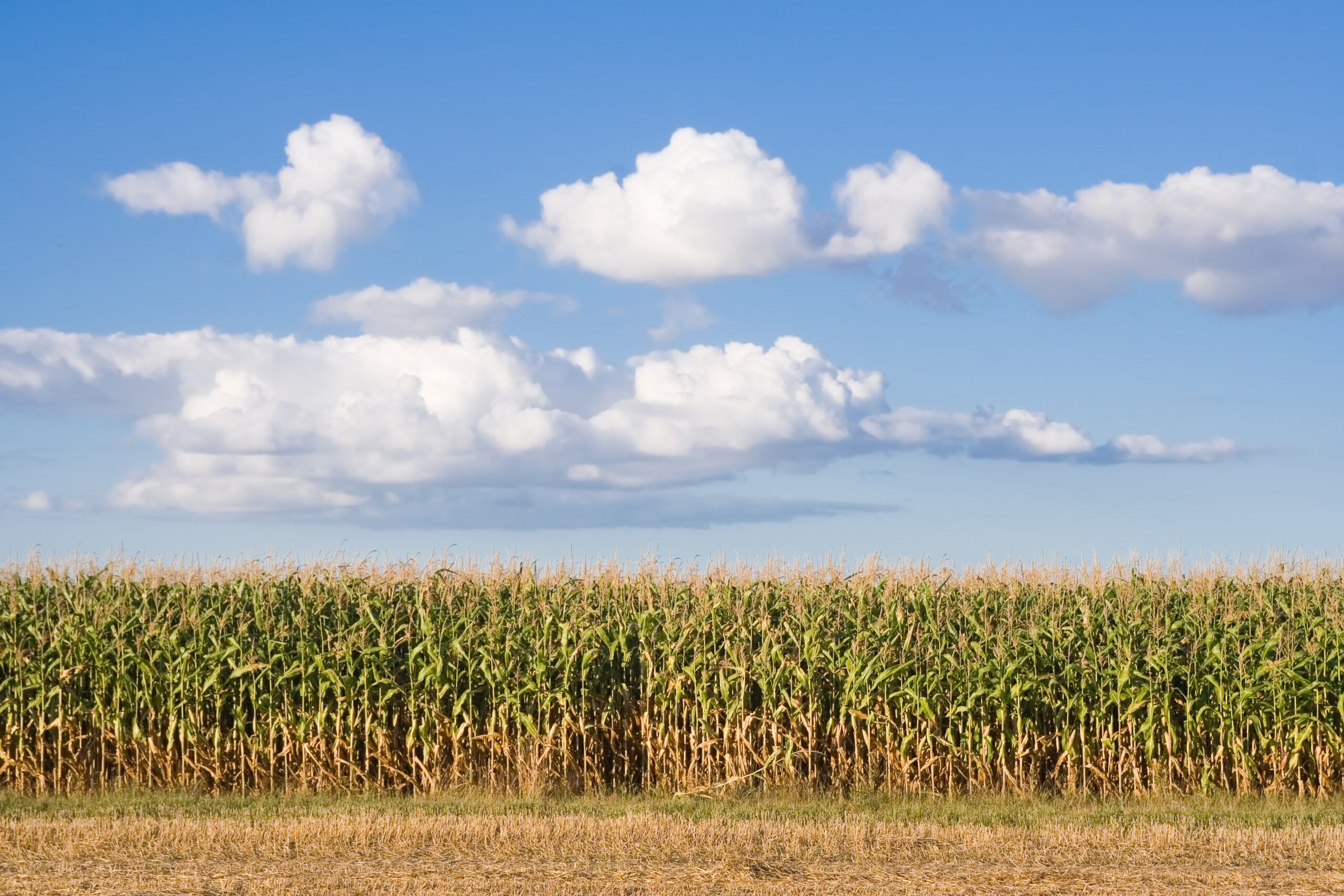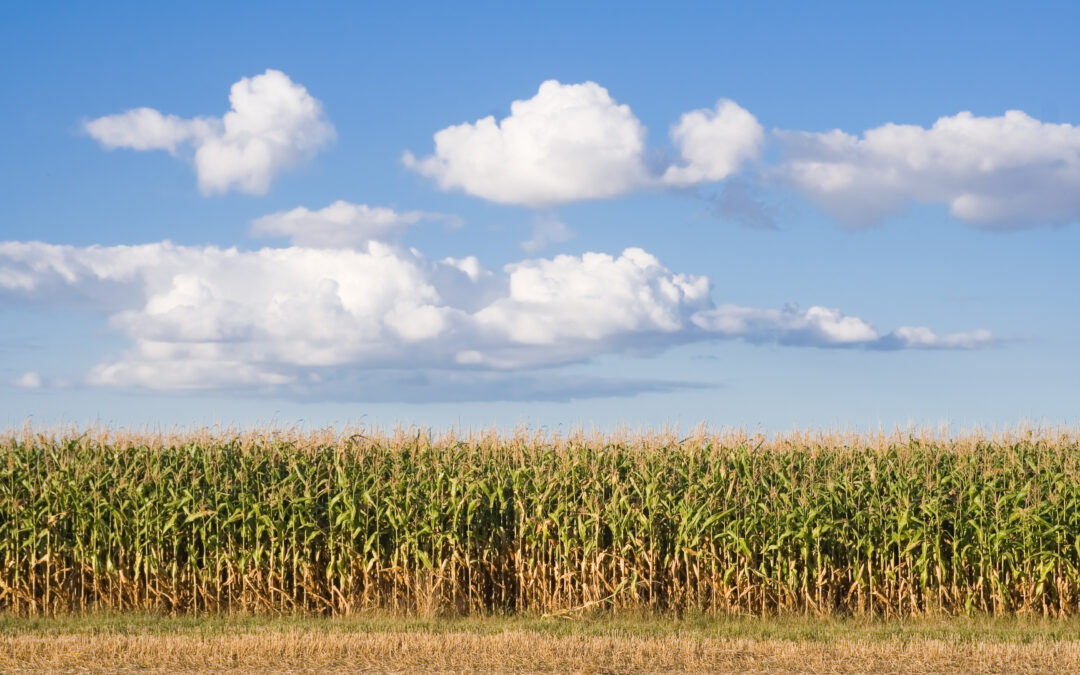Growing your own produce can be a rewarding and satisfying experience. Whether you’re looking to save money, eat healthier or just enjoy the freshness of homegrown fruits and vegetables, home farming is an excellent way to achieve these goals. In this guide, we will cover everything from getting started with home farming to harvesting and preserving your bounty. Let’s dive in!
The Basics of Home Farming: What You Need to Know
Home farming doesn’t require a lot of space or equipment. All you need is some soil, seeds, water, sunlight, and patience. Depending on where you live, you may also need to consider factors such as climate, weather patterns, and seasonal changes. Before you start planting, it’s essential to do some research on which crops are best suited for your region and growing conditions.
Planting and Caring for Your Homegrown Produce
Once you have chosen your crops and prepared your garden bed, it’s time to start planting. Follow these steps to ensure successful growth:
1. Prepare the soil by removing any debris or rocks.
2. Add compost or other organic matter to enrich the soil.
3. Create holes or furrows for each seed or plant.
4. Place the seeds or plants into the ground and gently pat down the soil.
5. Water thoroughly after planting.
Caring for your plants involves regular watering, weeding, and pruning. It’s crucial to keep an eye out for signs of disease or pests that could harm your crops. If you notice any issues, take action quickly to prevent further damage.
Harvesting and Preserving Your Bounty
After several weeks or months of tending to your crops, it’s finally time to reap the benefits of your hard work. Here are some tips for harvesting and preserving your bounty:
1. Pick produce when it’s ripe but not overripe.
2. Use sharp tools to avoid damaging the fruit or veggies.
3. Wash and dry your produce before storing or cooking.
4. Consider freezing or canning excess produce to extend its shelf life.
Common Pests and Diseases to Watch Out For
No matter how well you care for your crops, there’s always a risk of pests and diseases that could harm them. Some common problems include insect infestations, fungal infections, and viruses. To protect your plants, learn to recognize the symptoms of these issues and take appropriate measures to control them. This might involve using natural remedies like neem oil or garlic spray, or resorting to chemical treatments if necessary.
Conclusion
Growing your own produce can be both fulfilling and challenging. With careful planning, attention to detail, and persistence, you can successfully cultivate a thriving home farm. From seed to harvest, enjoy the journey and reap the many benefits of homegrown produce.






